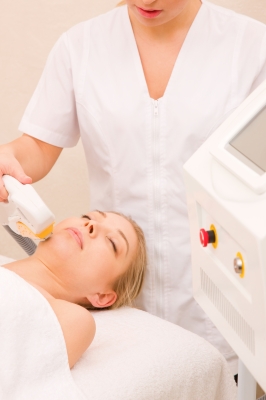medical device distribution
Orthopedic Surgury And Medical Devices Have Improved Countless Lives
Imagine a world where birth defects can not be corrected. Life would be much harder if broken bones and damaged joints could not be healed. Soldiers coming back from war with missing arms and legs would have very limited lives. What if we could not have knee and hip replacements when we needed them? What if a sports injury meant the end of an athlete's career and ability to earn a living. What if most injuries from accidents could not be operated on to repair them? As recently as 500 years ago this was the case. In some societies, deformed babies were exposed to the elements to die, and old people who could no longer contribute to the communities were expected to go off by themselves to die.
Luckily in the 18th-century Orthopedic surgery or orthopaedics as Nicholas Andry named it in 1741 was developed. This medical specialty was first developed to treat children by correcting spinal and bony deformities, but soon included people of all ages. Many advances in orthopedic surgery came from treating soldiers during wars. The first orthopedic institute was established in 1780 by Jean-Andre' Venel. It was dedicated to treating children with skeletal deformities. Jean-Andre' Venel developed a club-foot shoe for children suffering from foot deformities. Also during the 18th century, John Hunter did research on tendon healing and Antonius Mathijsen invented the plaster of Paris cast.
In the 1890s and after orthopedic surgery expanded to cover the treatment of people in every stage of life with many more conditions. Orthopedics involves not only surgery, but many medical devices to treat a long list of conditions involving the musculoskeletal system.

* Musculoskeletal trauma from accidents
* Birth defects
* Sports injuries
* Degenerative conditions like arthritis
* Infections and tumors
* War injuries
The training required to become medical device distributors includes a four-year college degree, then four years of medical school, followed by up to five years of hospital residency to train in orthopedic surgery. After all this training many orthopedic specialists choose further training of one or more years in an orthopedic subspecialty like pediatric orthopedics, total joint reconstruction or surgical sports medicine. Today there are many subspecialties in orthopedics to choose from. Once trained and in practice, orthopedic surgeons use both surgery and non-surgical methods to treat their patients. They will work with medical device companies to get the medical devices that will best help their patients. The top medical device companies now have medical device sales in the millions of dollars. Think of all the knee and hip replacements that are needed every year. The more than 20,000 orthopedic surgeons in the United States help so many people improve their lives every day.